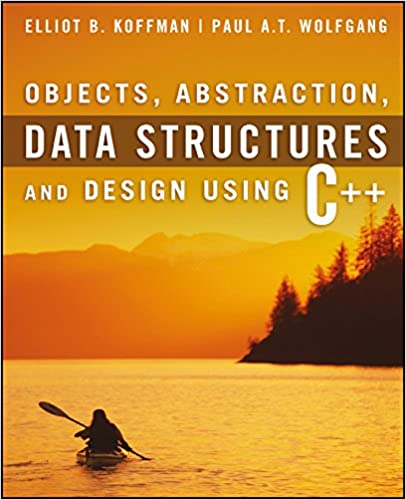

Most ebook files are in PDF format, so you can easily read them using various software such as Foxit Reader or directly on the Google Chrome browser.
Some ebook files are released by publishers in other formats such as .awz, .mobi, .epub, .fb2, etc. You may need to install specific software to read these formats on mobile/PC, such as Calibre.
Please read the tutorial at this link: https://ebookbell.com/faq
We offer FREE conversion to the popular formats you request; however, this may take some time. Therefore, right after payment, please email us, and we will try to provide the service as quickly as possible.
For some exceptional file formats or broken links (if any), please refrain from opening any disputes. Instead, email us first, and we will try to assist within a maximum of 6 hours.
EbookBell Team

4.8
24 reviewsIncludes bookmarks to different sections in the table of contents section
----------------------------------------------------------------------------------------------------------------------
Koffman and Wolfgang introduce data structures in the context of C++ programming. They embed the design and implementation of data structures into the practice of sound software design principles that are introduced early and reinforced by 20 case studies. Data structures are introduced in the C++ STL format whenever possible. Each new data structure is introduced by describing its interface in the STL. Next, one or two simpler applications are discussed then the data structure is implemented following the interface previously introduced. Finally, additional advanced applications are covered in the case studies, and the cases use the STL.
In the implementation of each data structure, the authors encourage students to perform a thorough analysis of the design approach and expected performance before actually undertaking detailed design and implementation. Students gain an understanding of why different data structures are needed, the applications they are suited for, and the advantages and disadvantages of their possible implementations.